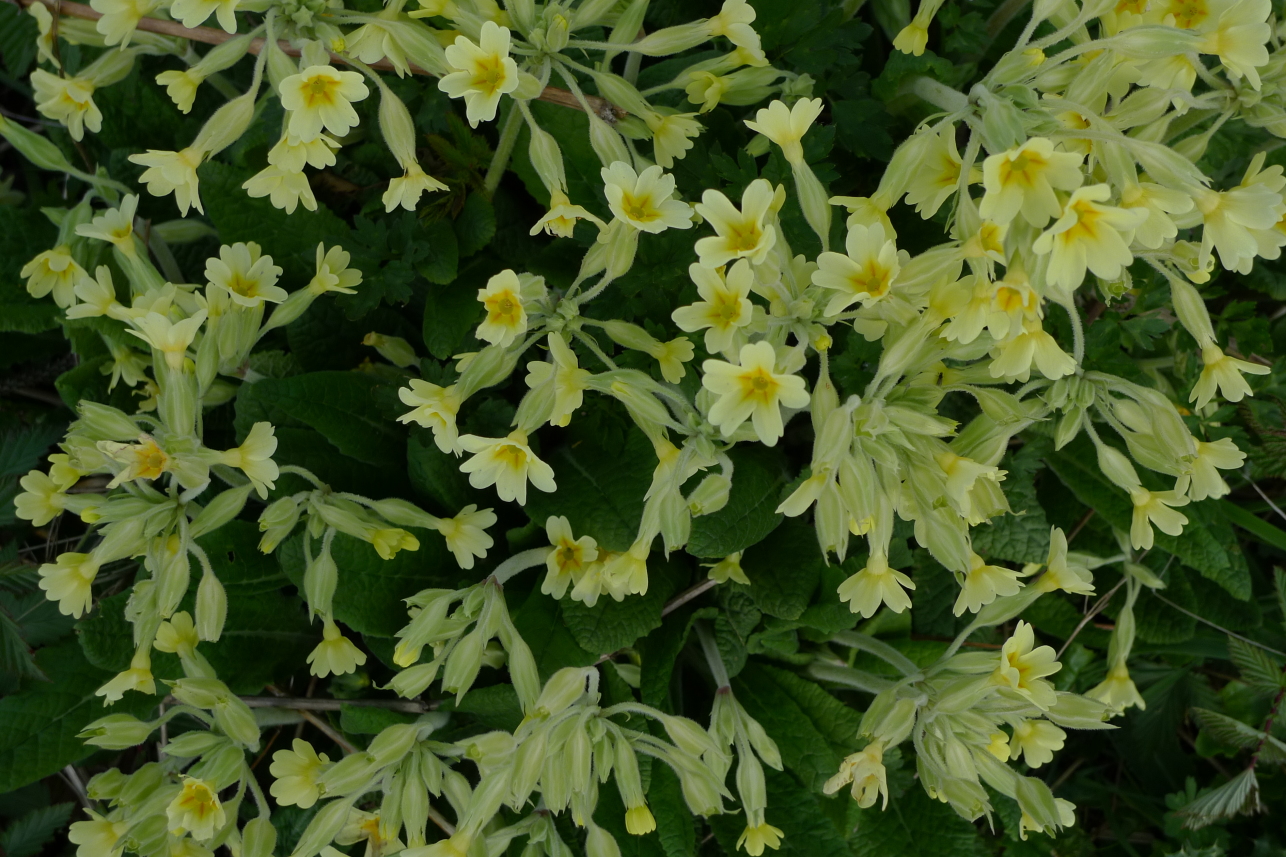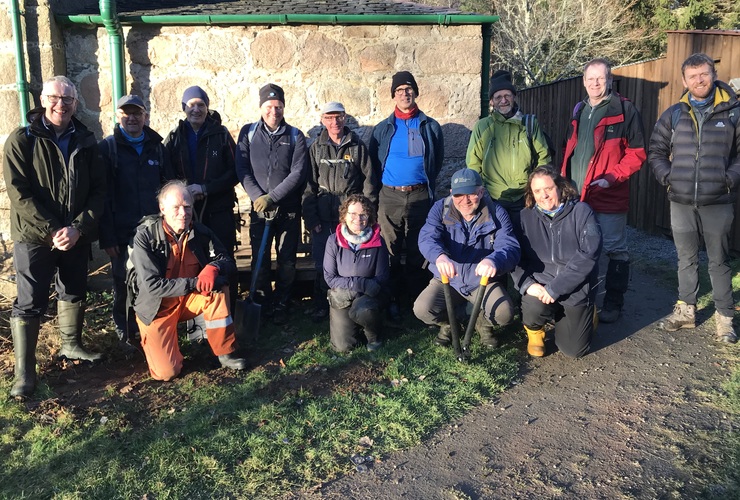Field Notes: A personal take on deer management
Quinag conservation officer and member of the Assynt community Kat Martin shares her local perspective on an emotive subject.
As a conservationist, I work towards a place where humans and the natural world we are a part of – and rely on for our survival – thrive together.
I understand deer management is a complex and emotive subject, with different viewpoints. I don’t believe in forcing opinions, but I do think it’s important to open a respectful dialogue that allows different thoughts, feelings, and opinions to be heard in an inclusive and kind way.
I find it difficult speaking up and sharing my own thoughts, but I also feel it is important to add to the mix of information available for consideration.
Coming to terms with deer culling and my thoughts around it has been a real struggle. I follow a plant-based diet and lifestyle (as far as possible) and have done so for 16 years. I’ve been passionate about nature and have loved wildlife (and animals) for as long as I can remember, and so it was natural for me to go down the conservation route as a career path.
As a fresh-faced youth heading into university, I was horrified to discover the amount of killing in the name of conservation and remained strongly against it for years. However, I’m also aware of the impact humans have had on the natural balance of ecosystems (the places we live and are a part of) through the removal of top predators - who not only maintained healthy and stable herbivore populations, but also kept them on the move. This enabled trees to grow to an indestructible size, before the herbivores returned.
For a long time, I believed in fencing as a way around having to directly kill while also protecting trees. But as well as issues around deer (and other wildlife) losing access to places they roam, woodlands need deer and deer are a woodland animal. They are a part of the habitat we are trying to protect, and completely removing them raises other problems.
While I respect that fencing is commonly used to support woodland projects, I’ve come to believe that it is a short-term and temporary solution to a long-term and more complex conundrum, that doesn’t solve the issues I mention above.
On Quinag, there are remnants of woodland holding on. Knowing how much of this habitat has been lost due to human activity over the past few centuries breaks my heart. Being among trees is where I feel most at peace, and seeing majestic deer roaming amongst woodland, alongside the vast array of other wildlife who thrive here, is magical.
I respect stalkers who are trying to restore a balance that is so desperately needed for both deer and trees to thrive in relationship with each other. I’m also hopeful for the potential we have around raising home-grown and trained stalkers, who can earn a living maintaining healthy deer numbers while providing venison to the community. This model is similar to Scandinavian countries and comes with the bonus of supporting a kinder and more sustainable way to obtain and eat meat.
We have a human-created problem, but we can be a part of re-establishing a balance. As a conservationist and animal lover, having exhausted the moral dilemma going around in my head, deer culling is the strategy that I personally (and still reluctantly) feel makes the most sense. I can completely understand the concern around this topic. After all, taking the life of another is not something to be taken lightly.
- Kat Martin helps run our Quinag Junior Rangers programme and the Hill to Grill sessions.
- Find out more about the Trust’s position on deer management.


